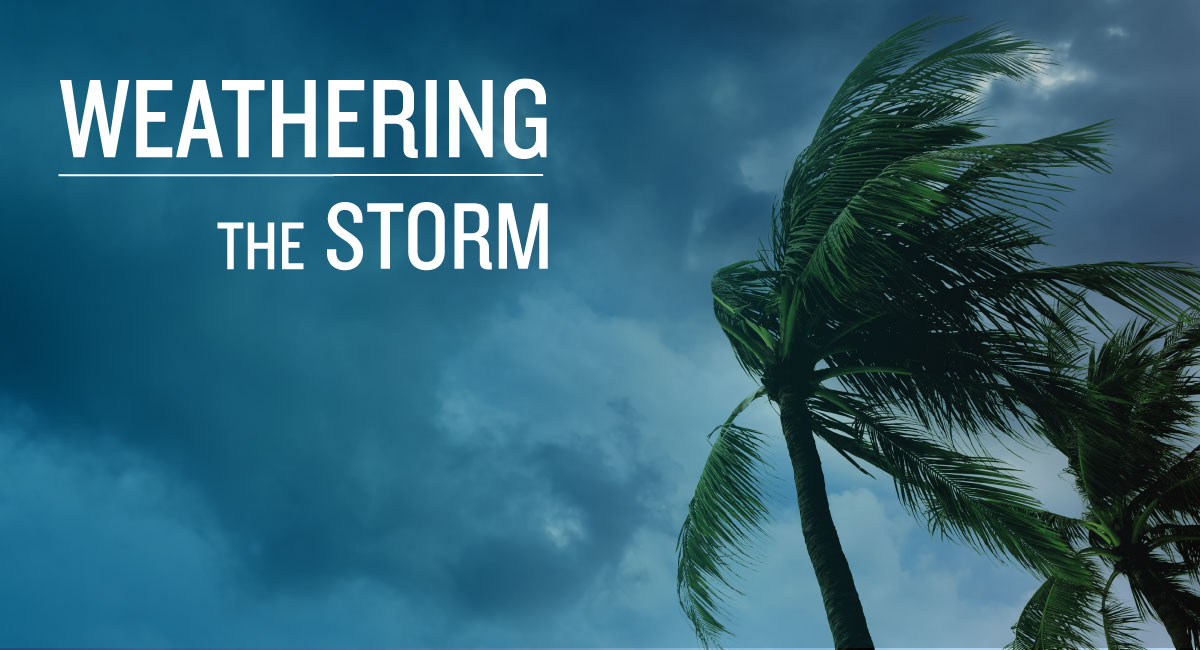Earlier this summer, it seemed as if the entire United States had become Tornado Alley, as cyclonic storms destroyed towns and homes across different regions of the country. For 14 straight days in June, tornado warnings blared atop fire stations and on cellphones across at least seven states, including New York and New Jersey, a portion of the country better known for the devastation of hurricanes and blizzards.
While one can expect that states like Oklahoma and Kansas should be well-prepared with communications plans for before, during and after tornadoes, do you think they’re prepared for a hurricane? After Hurricane Sandy, rest assured that New York City is prepared to communicate in case of another Category 5 storm, but does Mayor DeBlasio have a tornado communications plan already in place? If not, it’s wise for a location– whether a big coastal city or a Caribbean holiday destination, to be proactive and prepare crisis communications plans for every contingency.
Preparing a crisis communications plan is much easier to do before a crisis hits, but we’ve learned time and time again that governmental organizations often fail to prepare a contingency for the contingency. Many islands are prepared physically to battle the effects of a mammoth natural disaster – sandbags at the ready, emergency water stored for the occasion – but what happens if phone systems and the internet are destroyed? How do you tell people where to go or what to do? Often in times of disaster, deciding who will share which information with whom and when can become a contentious governmental issue when that’s the very thing that needs to be managed perfectly.
Look at the aftermath of Hurricane Maria in Puerto Rico. Weeks went by without the proper sharing of information between the government and its citizens – stranding thousands of people with no power and no access to food or water. That’s an incident that could have been predicted – yet it appeared there was little preparation done to account for devastation at that level. You can’t tell millions of residents where to shelter or convene or use a conference call to make decisions when the phones don’t work and the internet infrastructure has already been destroyed.
While the United States faces a never-before-seen whirlwind of tornadoes in unexpected places, it’s a grave reminder that building crisis communications response protocols and leadership decision-making procedures for every instance is infinitely easier with months or years to prepare…not just when there’s a darkening sky outside the door. Take the opportunity to put plans in place under sunnier skies – that’s the level of preparation that pays off in the form of saved reputations, and more importantly, saved lives.
To learn more about our approach to crisis communications, click here.
